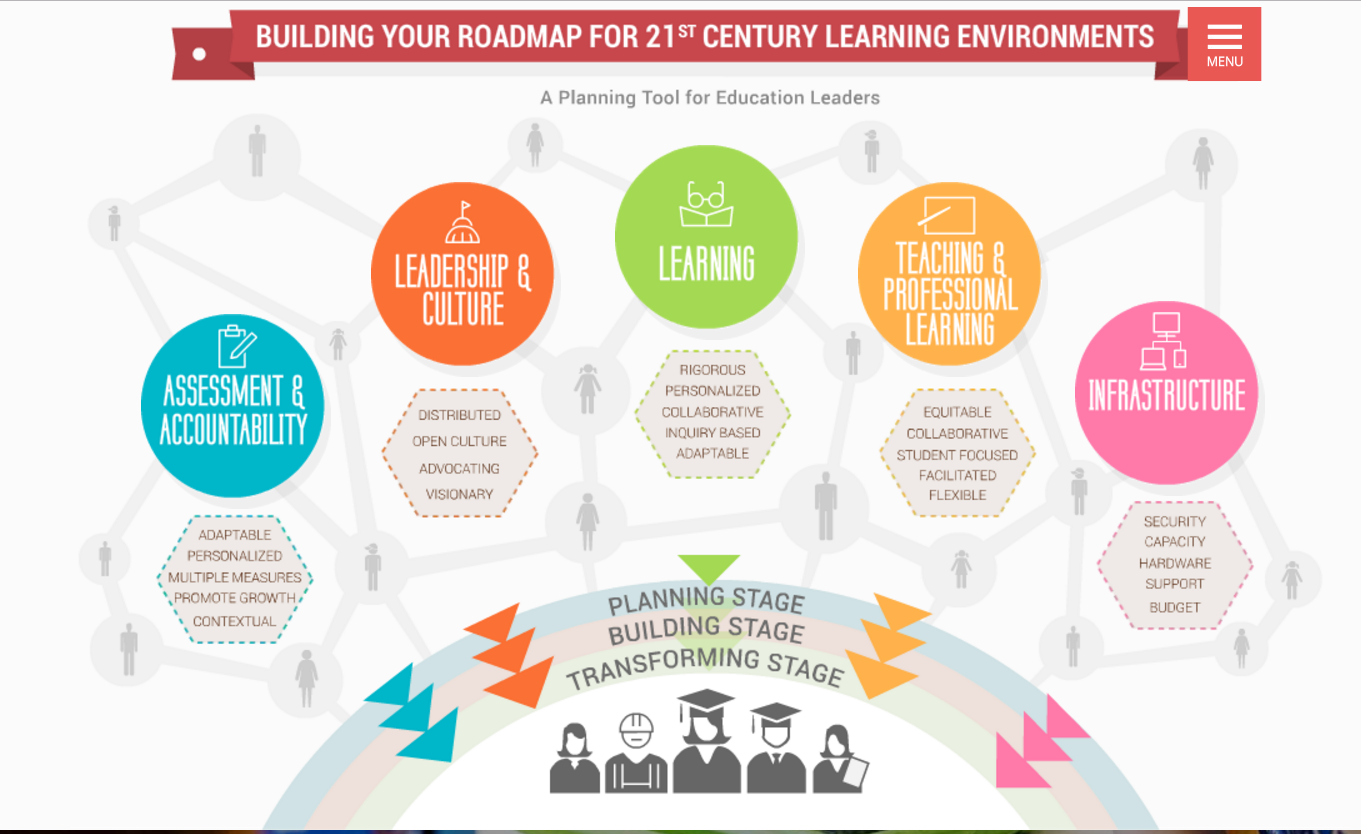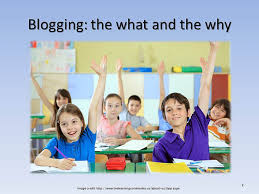
In researching what resources are available for coaches to co-planning learning activities that help learning partners improve, it was clear that we first need to build the foundation. The entire Educational Leadership publication in October 2011 was about implementing and growing the culture and leadership skills needed to make technology integration possible. The publication has resources to help technology coaches experience positive collaborations and productive relationships through co-planning learning activities.
Continue reading Laying the Foundation


